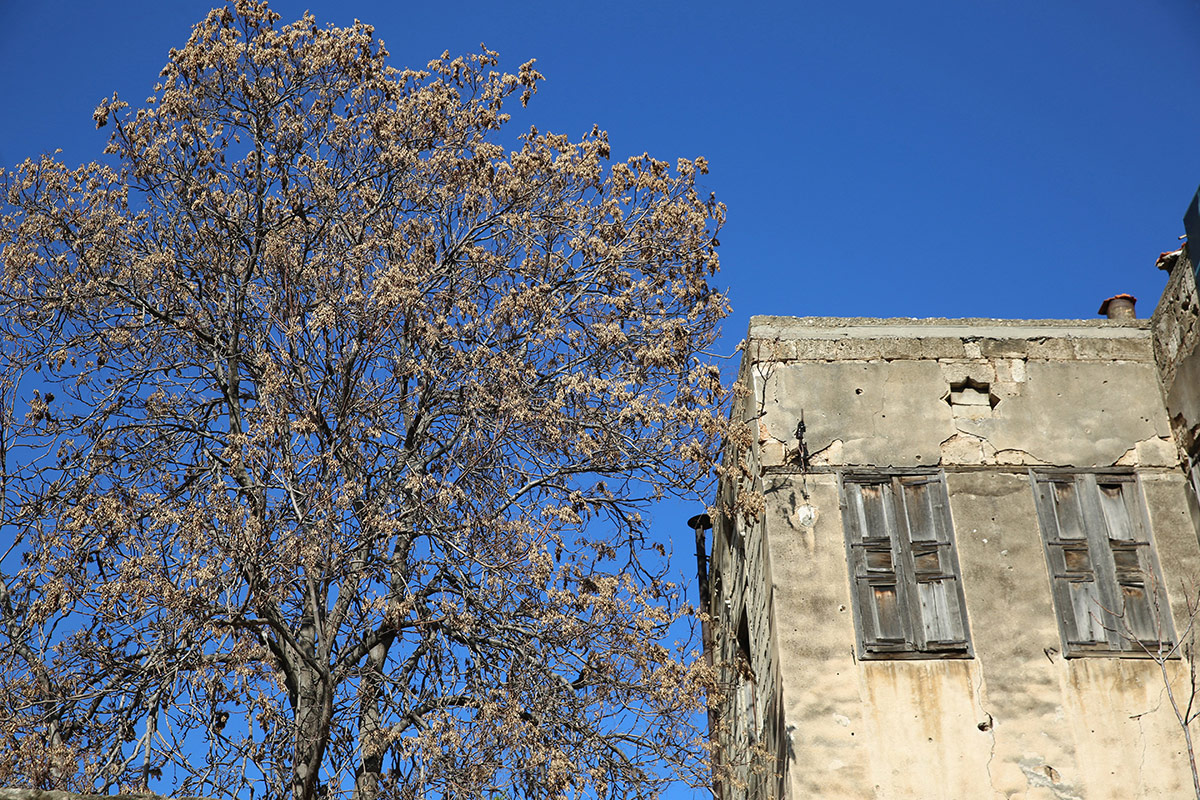
Houda Kassatly
Tripoli of the Orient, Plural City
Tripoli of the Orient, Plural City. From the Greeks to the Ottomans, through the Romans, Persians, Crusaders and Mamluks, the great conquerors of the history of the Levant knew how to deal with Trablous al Sham, named Tripolis by the first, which successively became a Roman province, a Byzantine metropolis, Persian satrapy, Crusader county, Mamluk jund and Ottoman wilaya. Over the centuries, Tripoli has been honored and embellished with civil and religious monuments, worthy of the importance of the city and of its conquerors, both at the same time.
From its glorious past, Tripoli has kept this cosmopolitan vivacity, embodied in a city where religions, cultures, ethnicities and traditions meet and embrace each other, drained from other shores of the Mediterranean, to the interior of The Bilad El Shaam reaching the steppe of Central Asia.
How would this civilizational broth have found its due in its straitjacket of "the second capital of Lebanon"? With the advent of Greater Lebanon, the malaise would turn into a deep sense of injustice, spurred on by the young republic's attempt to project itself as an Etat-Nation, thus relegating Tripoli to a subordinate status, like Istanbul, Alexandria or Naples in the 20th century. Neither the years of the Mandate nor those of the 30 Glorieuses were to restore the city's past greatness. On the contrary, the war of 1975 would added its share of infamy, and not least: the brutal dictatorship of the Baathist soldier next door.
Heir to great architectural, human and cultural riches, Tripoli today embodies the example of the cruel negligence of a failed state. If the so-called years of reconstruction were nothing but destruction, impoverishment and humiliation, Lebanon's greatest fortunes were built by Tripolitan businessmen who turned into politicians. The few tourism projects designed to attract visitors to historic districts hardly hide the social, urban, economic and human disaster of the suburbs, fueled by all kinds of traffic. Detonating disaster of a time bomb around one of the jewels of history and living together, this is Tripoli of the Orient, Plural City.
The online exhibition. In this third exhibition of the cycle Houda Kassatly, 365 photographs, organized by Alice Mogabgab Gallery - Beirut, which devotes the whole year 2020 to the work of the artist, the photographer looks back on the plural architectures, the know-how and living crafts and the multiple flavors of Tripoli of the Orient. Through 41 photographs taken between 1990 and 2020 and shown for the first time, the online exhibition proposes a reflection on the memory of a city, its present and its future.
Houda Kassatly, born in Beirut in 1960, graduated with a DEA in Philosophy from the University of Paris I Pantheon - Sorbonne in 1984. In 1987, she completed a doctoral thesis in Ethnology and Comparative Sociology at the University of Paris X - Nanterre. In 1986, back in her hometown, her professional life was devoted to research and photography; she was an international expert on the European MEDINA project, a researcher attached to the University of Balamand and the Interdisciplinary Memory Research Unit at Saint-Joseph University, as well as an associate researcher at the CERMOC (Centre d’Etudes sur le Moyen-Orient Contemporain). For ten years, she was responsible for the Information-Communication, Capitalization, and now the Culture program of ‘arcenciel’, an association working for sustainable development.
Her training in ethnology sharpens her eye on social traditions, architectural heritage, environment and day-to-day life. This training goes hand in hand with photography, which she has been practicing and perfecting since her teens, making her the first female artist-photographer in Lebanon. In 1987, the photo library (phototèque) of the Centre Georges Pompidou in Paris acquired a hundred of her photographs. In 1992, the Institut du Monde Arabe hosted her first personal exhibition. Since then, Houda Kassatly's photos have been regularly exhibited in galleries and art centers in Beirut and Europe.